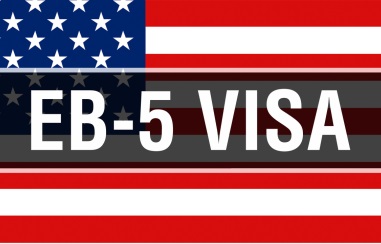This article was prepared with the assistance of ABIL, the Alliance of Business Immigration Lawyers, of which Loan Huynh, Fredrikson Immigration Department Chair, is a member.
 U.S. Citizenship and Immigration Services (USCIS) has published a final rule, effective November 21, 2019, amending the regulations governing the employment-based fifth preference (EB-5) immigrant investor classification and associated regional centers to reflect statutory changes and "modernize" the EB-5 program. The final rule provides priority date retention for certain EB-5 investors, increases the required minimum investment amounts, changes the targeted employment area (TEA) designation process, and clarifies USCIS procedures for the removal of conditions on permanent residence.
U.S. Citizenship and Immigration Services (USCIS) has published a final rule, effective November 21, 2019, amending the regulations governing the employment-based fifth preference (EB-5) immigrant investor classification and associated regional centers to reflect statutory changes and "modernize" the EB-5 program. The final rule provides priority date retention for certain EB-5 investors, increases the required minimum investment amounts, changes the targeted employment area (TEA) designation process, and clarifies USCIS procedures for the removal of conditions on permanent residence.
Among other things, the final rule:
- Clarifies that the priority date of a petition for classification as an investor is the date the petition is properly filed
- Clarifies that a petitioner with multiple approved immigrant petitions for classification as an investor is entitled to the earliest qualifying priority date
- Retains the 50 percent minimum investment differential between a TEA and a non-TEA instead of changing the differential to 25 percent as proposed, thereby increasing the minimum investment amount in a TEA from $500,000 to $900,000 rather than $1.35 million, as DHS initially proposed (the minimum non-TEA investment will be $1.8 million)
- Bases future inflation adjustments on the initial investment amount set by Congress in 1990 rather than on the most recent inflation adjustment
- Modifies the original proposal that any city or town with a population of 20,000 or more may qualify as a TEA, to provide that only cities and towns with a population of 20,000 or more outside of metropolitan statistical areas may qualify as a TEA, eliminates a state's ability to designate certain geographic and political subdivisions as high unemployment areas, and gives the Department of Homeland Security responsibility for directly making TEA designations "based on revised requirements in the regulation limiting the composition of census tract-based TEAs"
Practitioners are expecting a rush on EB-5 investments in the months before the effective date of November 21, 2019, which could increase the already long waits for EB-5 visas for those from high-volume countries by years, assuming Congress does not allocate additional visa numbers or eliminate per-country caps.

